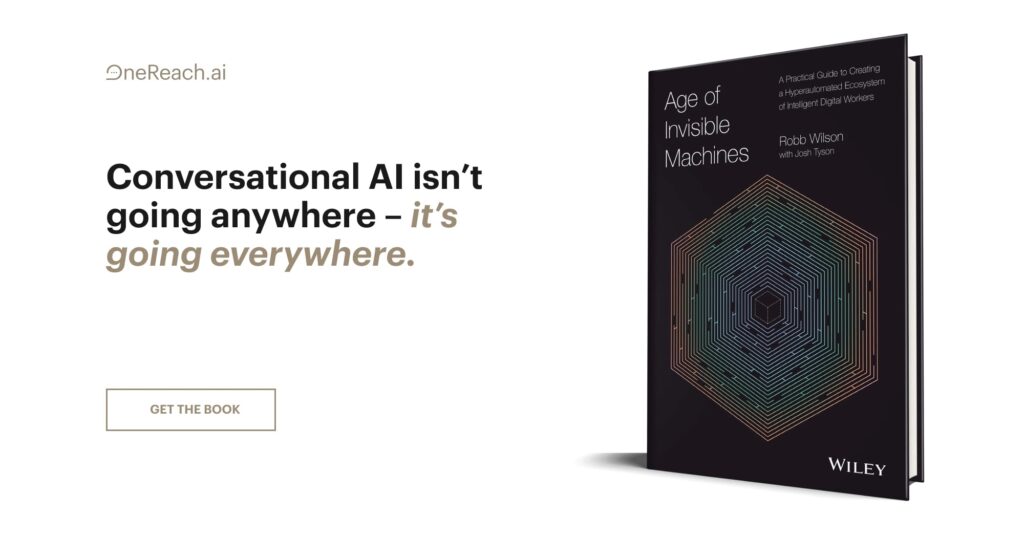I’ve always had a secret uneasiness about the idea of “experience design”. Even when I used to design theatre experiences, I suspected that audience members brought so much of their own context to a performance that at best, “creators” were co-authors. As I moved into digital design, I continued to struggle with the role design plays in making meaning. I thought a designer could add a frame around an experience and could populate it with signs and symbols. But the audience constructed the meaning. Experiences happened, I was sure, on the other side of the screen.
So, for the past 10 years I’ve been wavering between a feeling of power and impotence, as I try to design meaningful experiences for everyone in the UK. One of the BBC’s greatest strengths and biggest challenges for a designer is its universality. I could be designing for anyone, of any age, from any background. That scope has the potential to undermine your confidence as an experience designer. And in your darkest moments you can question whether you need to compromise “character” and quality in the interest of meeting the challenges of scale.
But on Friday, our Chief Product Officer, Storm Fagan was speaking to a group of leaders from across the BBC and she described the current challenges and opportunities we face. She described three stages of ‘the web’. And it reminded me why designing at the BBC still holds challenge and fascination.
1. Challenges of the past — Document retrieval
I think of this type of design as classic information architecture. It organised documents into fixed structures. It saw us apply techniques we’d used in the “real world”. We put things into folders — and people learnt to navigate through these folders as if they were “places”. We used lots of library science to structure these “places”. Folders were like shelves in a library. Most of the metaphors of place and interaction were translations from our former realities. Emails were digital letters. Websites were documents, books or newspapers. Files lived in folders or on your desktop. People navigated through fixed structures, often via progressively specific “categories”. That notion of “progressive specificity” created places that, when we zoomed out, looked like inverted pyramids. And documents lived at the end of breadcrumb trails. The biggest benefits were simple, low cost document publishing and communication.
2. Challenges of the present — Control and contribution
“Applications” then gave “users” a greater sense of control. Users exchange information and inputs for outputs. Subject and functional domains are separated by specialised applications. You have an app that “understands” sport. Another predicts the weather. You have another for learning. You increasingly add “applications” to your life as hardware can morph into supporting multiple use cases.
Different interfaces and information are pulled into the same window or space. Generally, the places have become flatter. There’s more “interaction”. But people and machines interact within structured, fixed, narrow and defined rules. Applications know what you want if you know the magic words. If you get the command wrong, the machine doesn’t know what you want or what you mean.
But, as technologies and techniques evolved, interactions have become more intuitive and domains more interconnected. Users learn and understand the range of controls and commands as conventions are established. When we learn to exploit and build upon these conventions, digital interactions become increasingly intuitive. The digitisation of products and services reduces costs and delivers new forms of value. This creates new markets.
3. Challenges of the future — Pervasive and ubiquitous
It feels as though we’re now on the cusp of the next step in the evolution of experience design. A network of interconnected devices, systems and services increasingly exchange data in the background, all the time. This will move “interactions” beyond transactions — where users were expected to exchange inputs for outputs. User will expect that experiences are personalised to their interests and context — as devices and data pervade and augment every moment.
Experiences are already entering an ‘uncanny valley’ and veer between the discretely magical and the downright creepy. There are cumulative benefits to long term relationships with experience providers. But interoperability is becoming more challenging as what was initially an “open” web gets locked behind and within proprietary ecosystems. So while the digital augmentation of “reality” is spread everywhere, it’s unevenly distributed.
Information and connection will become ubiquitous. And perhaps, noise, after having reached a fever pitch, will eventually be filtered out. That might make finding what’s “relevant” effortless. But people struggle to define “relevant”. And the centrality of data and high degrees of personalisation threaten to fragment shared experiences. This is the end of the ‘grand shared narrative’ of digital places — it could exacerbate a polarisation in opinions and beliefs amongst some.
Where next?

In 2016 I wrote, “the future will be more like Hogwarts than Hampton Court”. Digital experience design has always worked within the limitations of technology. And there has been a “fixedness” to the experiences and environments we’ve shaped so far. For all the talk of human-centredness, most of the time we’ve tried to push users through our designed experiences. They’ve navigated our structures. Technology can be empowering. But it can also disempower, infantilise and create relationships of dependence. Public service experiences feel different. So as we head into the next stage of experience design, maybe Hogwarts is a place to keep in mind. It invokes the idea of shareable structures morphing and warping to the needs of the people who occupy it. Tailored, personalised places — rooms of requirement — pop up when they’re needed. Parts of the environment spring to life and engage in playful, valuable, characterful interactions. The space accumulates meaning. OK, there’s a giant snake in the basement. But nowhere is perfect.
There are always threats and opportunities when new technologies and challenges come along. But the potential to empower people through the combination of trustworthy and relevant content with a deep knowledge of their context and needs presents the opportunity to reinvent what public service media means. What could we do with deep, meaningful data and background processes removing barriers to engagement? How could we use new enabling technologies to connect people as we combine their context and our content? How could we restructure workflows and rethink what “content” is to create experiences that use similar building blocks, but flex to the individual? These present the opportunity to genuinely architect experiences.
I’ve always thought that co-authoring experiences with an audience is the way to generate more meaning. But until now, most digital technologies limited us. We’ve been forced to standardise. We’ve been ignorant of individual interest and context. It’s meant that “mainstream” users have usually been over-served. It sometimes meant that aspects of personalisation and access were considered added extras, rather than the starting point.
Some people will look at web 3.0 hype and worry that it will see a de-humanising of experience as we move from the “real world” into ever more immersive filter bubbles. But I’m more hopeful. I think technology is as capable of solving problems as it is in creating them. And if any team can explore how digital experience can enhance our understanding of the world, develop our empathy for others, instil pride and commitment to the importance of the individual and the inherent value of shared values and co-operative society, it’s the team at the BBC.









